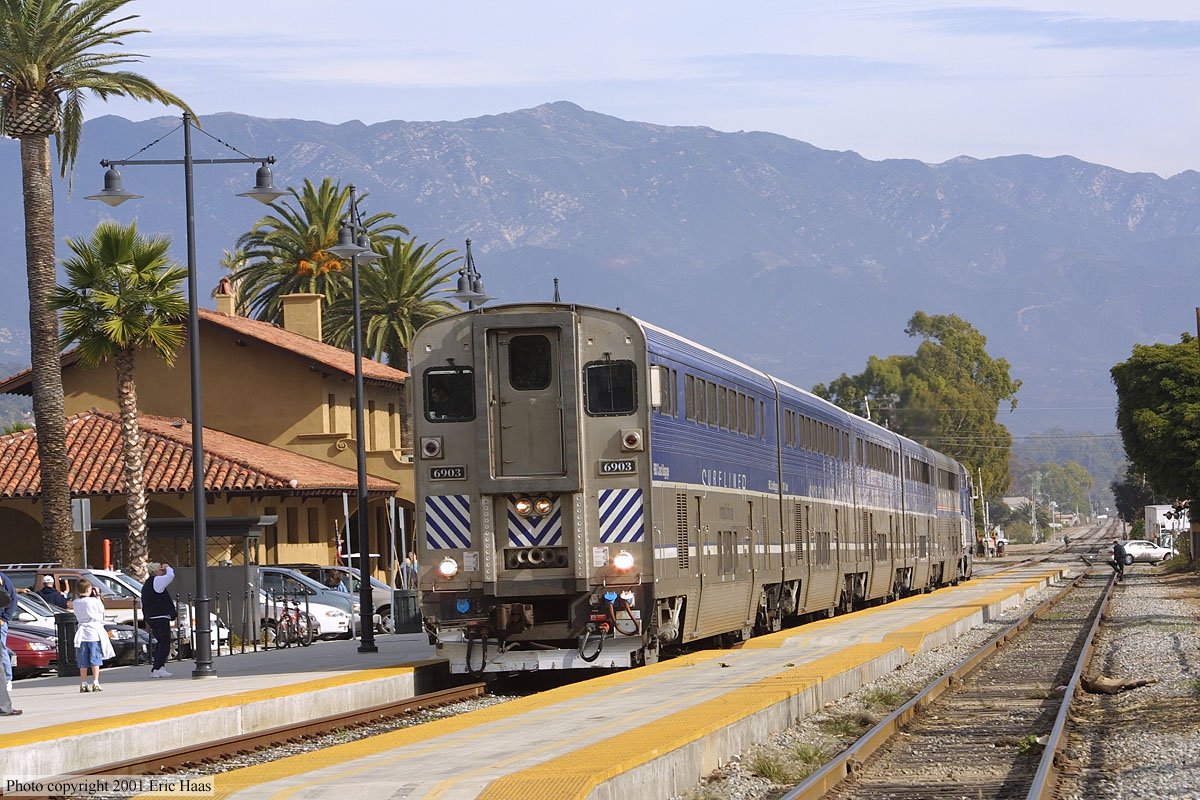PerRock
Engineer
This press release seemed to have gotten missed. and it's pretty big one, as it contains a nice render of the cars. From Nippon-Sharyo:

peter
Nippon Sharyo and Sumitomo Corporation receive the Contract Award for 130 Bi-Level Passenger Cars from Caltrans and IDOT
November 6, 2012
On November 6th, 2012, The California Department of Transportation (Caltrans) awarded the contract for 130 High-Speed Bi-Level Passenger Railcars to be built by Nippon Sharyo and the prime contractor Sumitomo Corporation of America (SCOA). The contract includes a base order of 130 railcars for $352 million along with an option to purchase an additional 300 railcars for $898 million, bringing the contract total to $1.25 billion.

peter




